When most people think of Hawaii, they imagine white sandy beaches, cultural festivities, and a relaxed island lifestyle. However, beyond the well-known destinations like Honolulu, Oahu, and Maui, there is an island that remains unfamiliar to many.
Located 17 miles off the western coast of Kauai is Ni’ihau, often referred to as “The Forbidden Isle.” The island has remained largely closed to visitors since the 1800s, preserving its unique way of life. Here’s a closer look at its history and what makes Ni’ihau unlike any other Hawaiian island.
An Island Preserved in Time
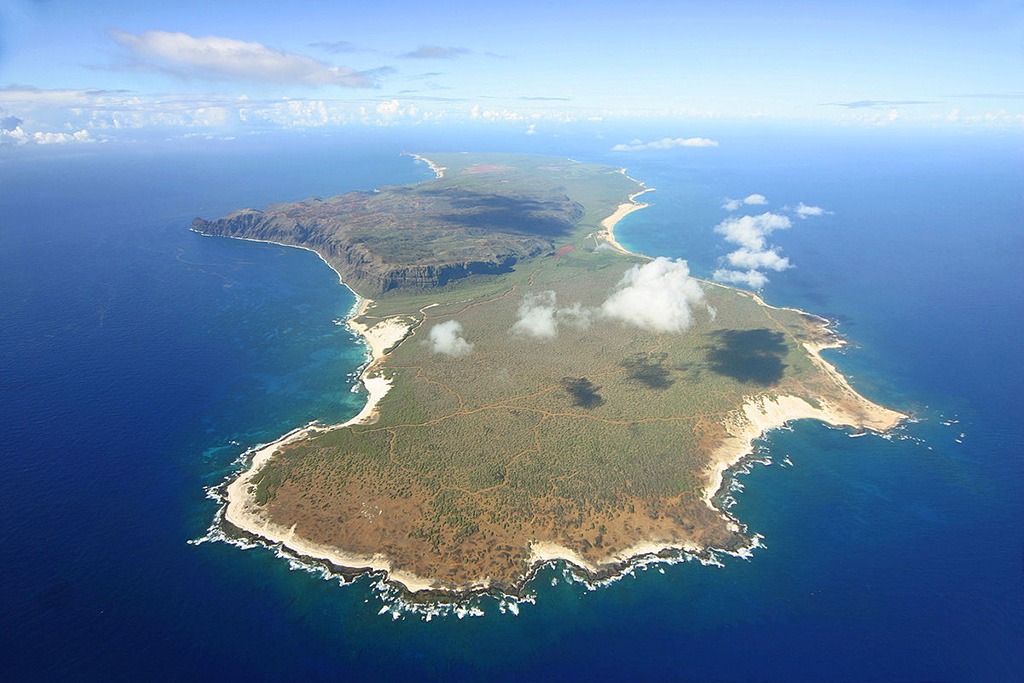
Ni’ihau features the same beautiful shorelines as the rest of Hawaii, yet access to them is highly restricted. The island has maintained a traditional lifestyle, with residents continuing to engage in fishing and hunting as their ancestors did centuries ago.
The preservation of Ni’ihau is largely attributed to a woman named Elizabeth McHutchenson and a historical agreement made in the 1800s that shaped the island’s future.
The Role of Elizabeth McHutchenson
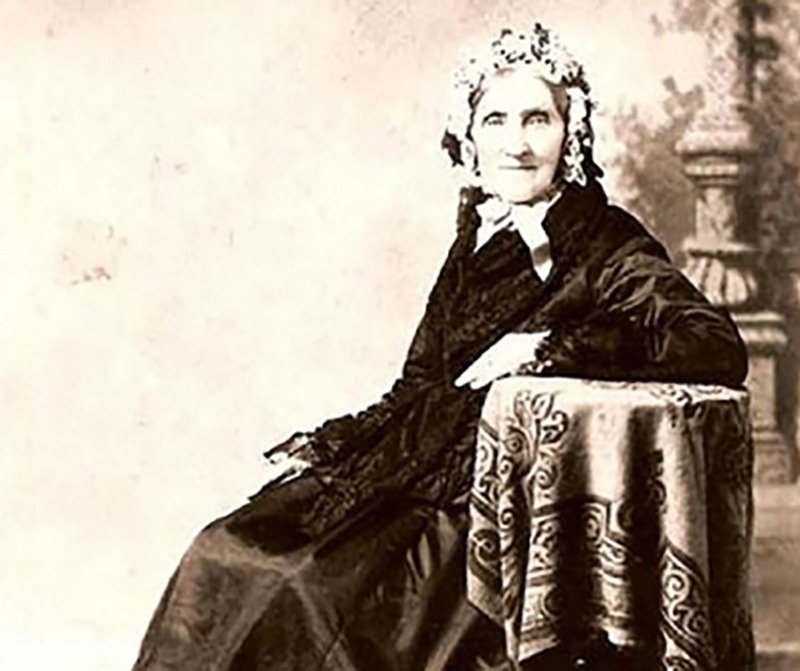
Elizabeth McHutchenson, known as Eliza, was born in Scotland in 1800. She later married Francis Sinclair, a ship captain, and together they had six children. Seeking new opportunities, the family set sail for New Zealand in 1824, a journey that would eventually change their lives in ways they never expected.
A New Beginning in New Zealand

In 1841, the Sinclair family arrived in New Zealand and established a successful farming business in Pigeon Bay. While Francis was experienced in sailing, he also played a role in transporting the family’s farming supplies for trade.
Tragically, in 1846, Francis and his eldest son set out on a journey at sea and encountered a devastating accident. Their ship sank, resulting in the loss of all passengers and cargo.
Eliza’s Determination
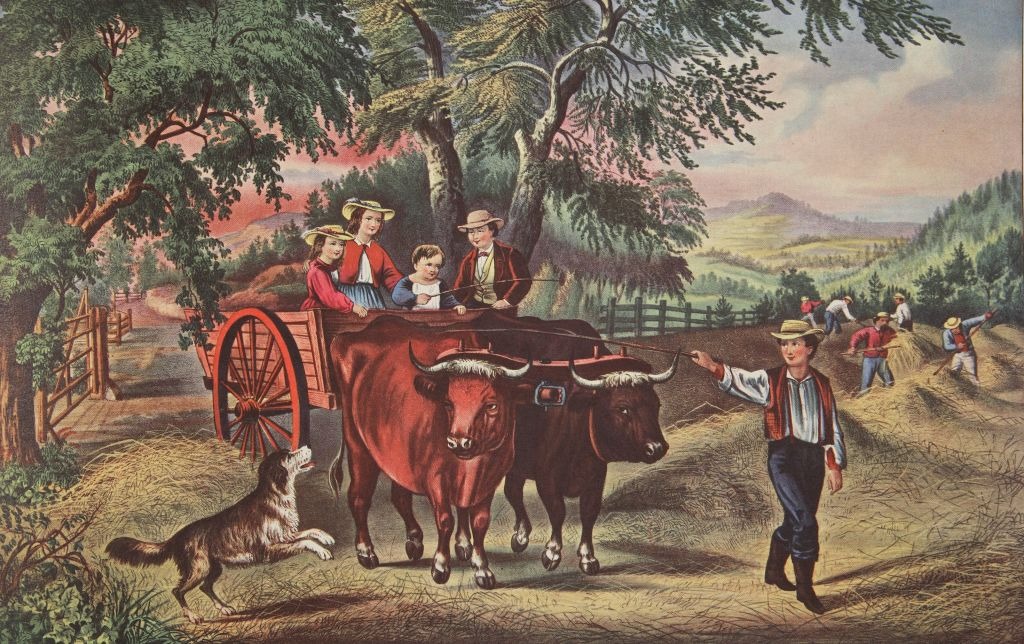
Despite the challenges, Eliza remained committed to supporting her family. She rebuilt their farm in Pigeon Bay and ensured that her children were well-settled. Eventually, she decided to relocate once again, this time setting her sights on Canada in hopes of creating another farming venture.
A Change in Plans
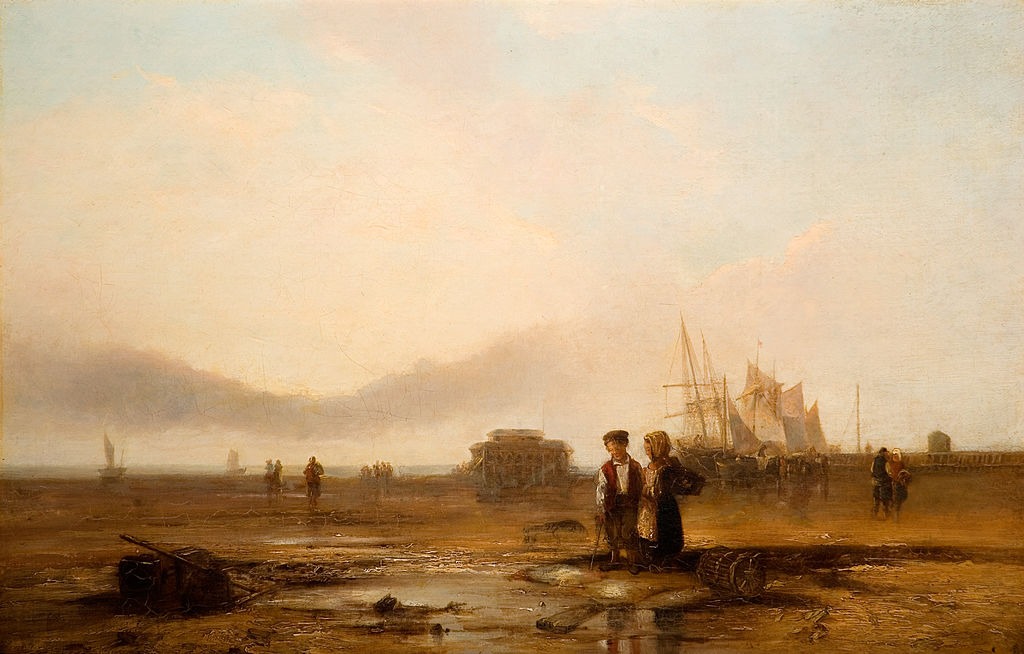
When the family arrived in Canada in 1863, they found that the land on Vancouver Island was not as suitable for farming as they had hoped. Considering other options, Eliza learned about the Hawaiian Islands, also known at the time as the Sandwich Islands. This led her to pursue the possibility of purchasing Ni’ihau.
A Special Agreement

In 1864, Eliza met with King Kamehameha V and successfully negotiated the purchase of Ni’ihau for $10,000 in gold. However, the agreement came with one important condition: the family was to protect the island and its residents from outside influences.
The Sinclairs honored this request, working closely with the island’s people and upholding the traditions that had long been established there.
Increased Restrictions in the 1930s
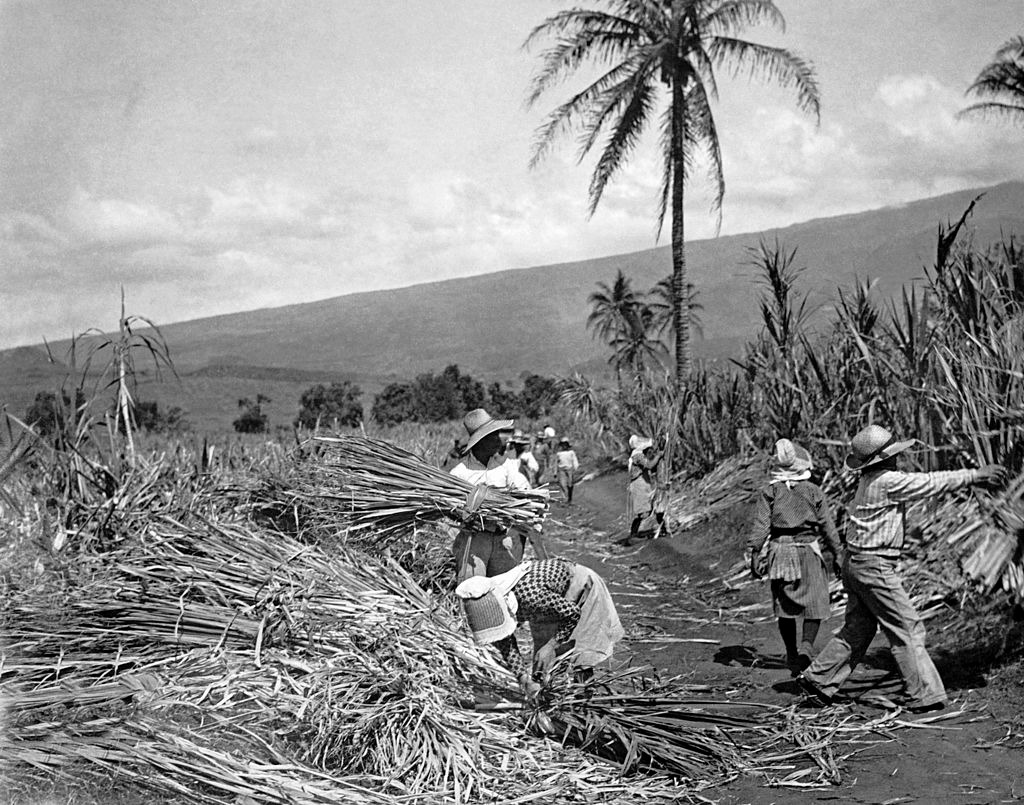
As the years passed, the island remained largely separate from the evolving world around it. In the 1930s, efforts to keep Ni’ihau protected were reinforced by further restricting outside access.
One of the primary reasons for these measures was to prevent the spread of illnesses such as polio and measles. Additionally, preserving the island’s Native Hawaiian culture, known as “kahiki,” remained a key priority.
Ni’ihau Today
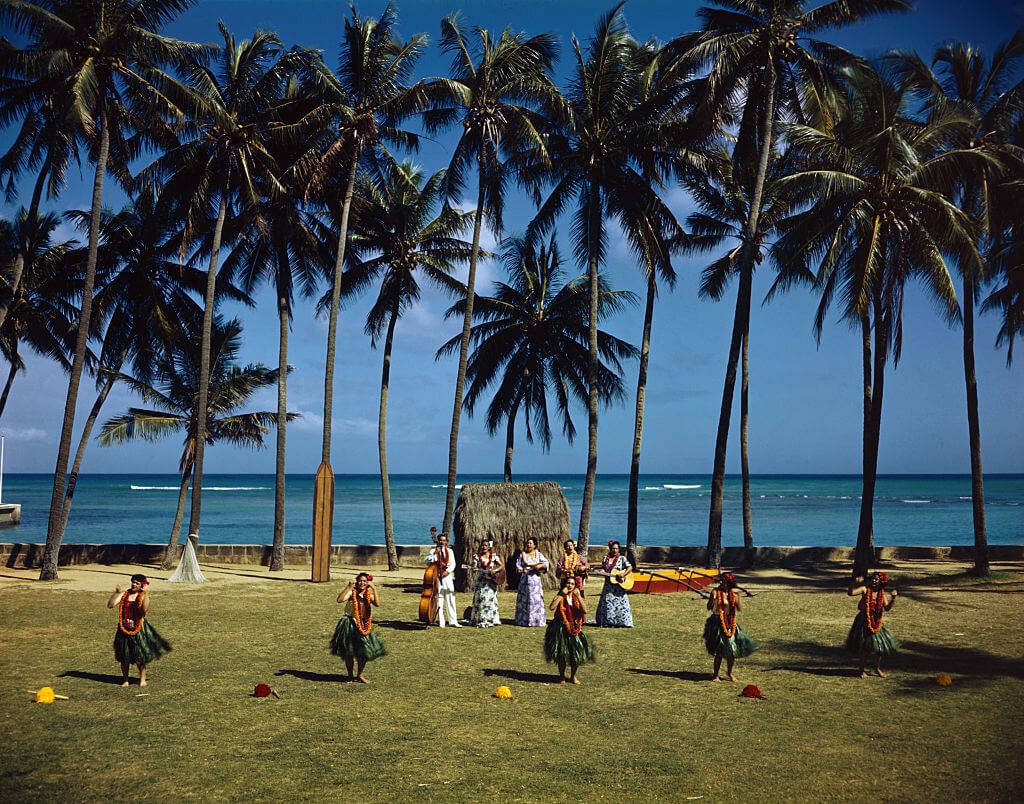
Ni’ihau is still privately owned by the Robinson family, descendants of Eliza Sinclair. The family continues to honor the original agreement by maintaining the island’s independence and cultural traditions. Residents primarily rely on hunting and fishing for sustenance, and Hawaiian remains the dominant language spoken on the island.
In an interview with ABC News, Bruce and Keith Robinson shared, “We’ve tried to maintain the request of the King when it was turned over […] We maintain the island for the people and continue to work it as he had.”
A Peaceful Way of Life
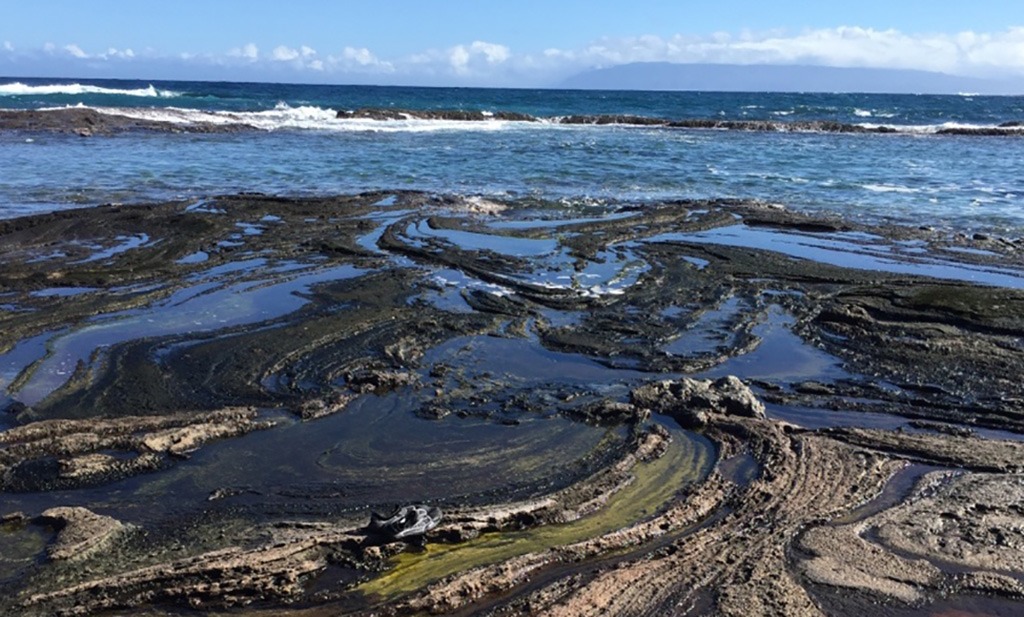
Life on Ni’ihau is described as relaxed and harmonious. While the island does not have modern infrastructure such as running water or an electrical grid, residents collect rainwater and use solar panels for energy. Almost every home has its own solar panel, allowing for basic electricity needs.
With little exposure to modern technology, the pace of life remains slow and focused on traditional practices.
Traveling To and From Ni’ihau
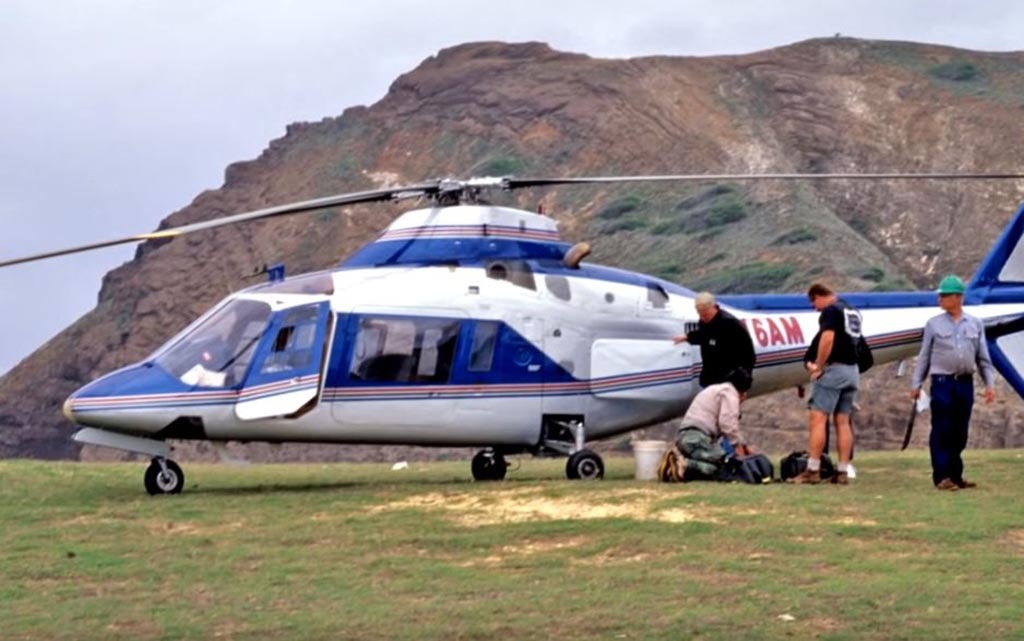
While access to Ni’ihau is restricted for most outsiders, residents of the island are free to travel. Many divide their time between Ni’ihau and Kauai, where job opportunities are more available.
Due to this movement, it is difficult to determine the island’s exact population. A 2010 census estimated around 170 residents, but the actual number is believed to be closer to 70.
Leave a Reply